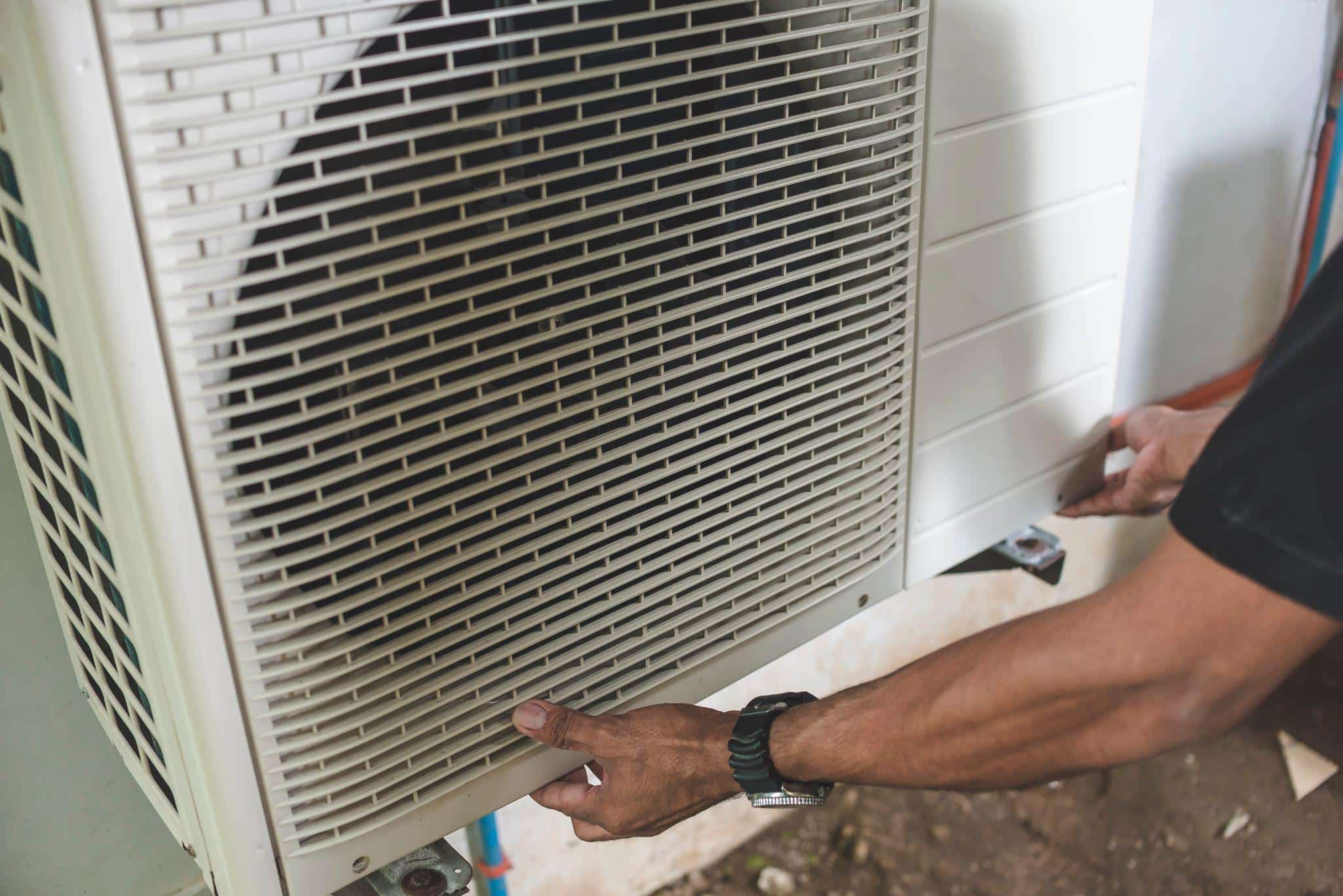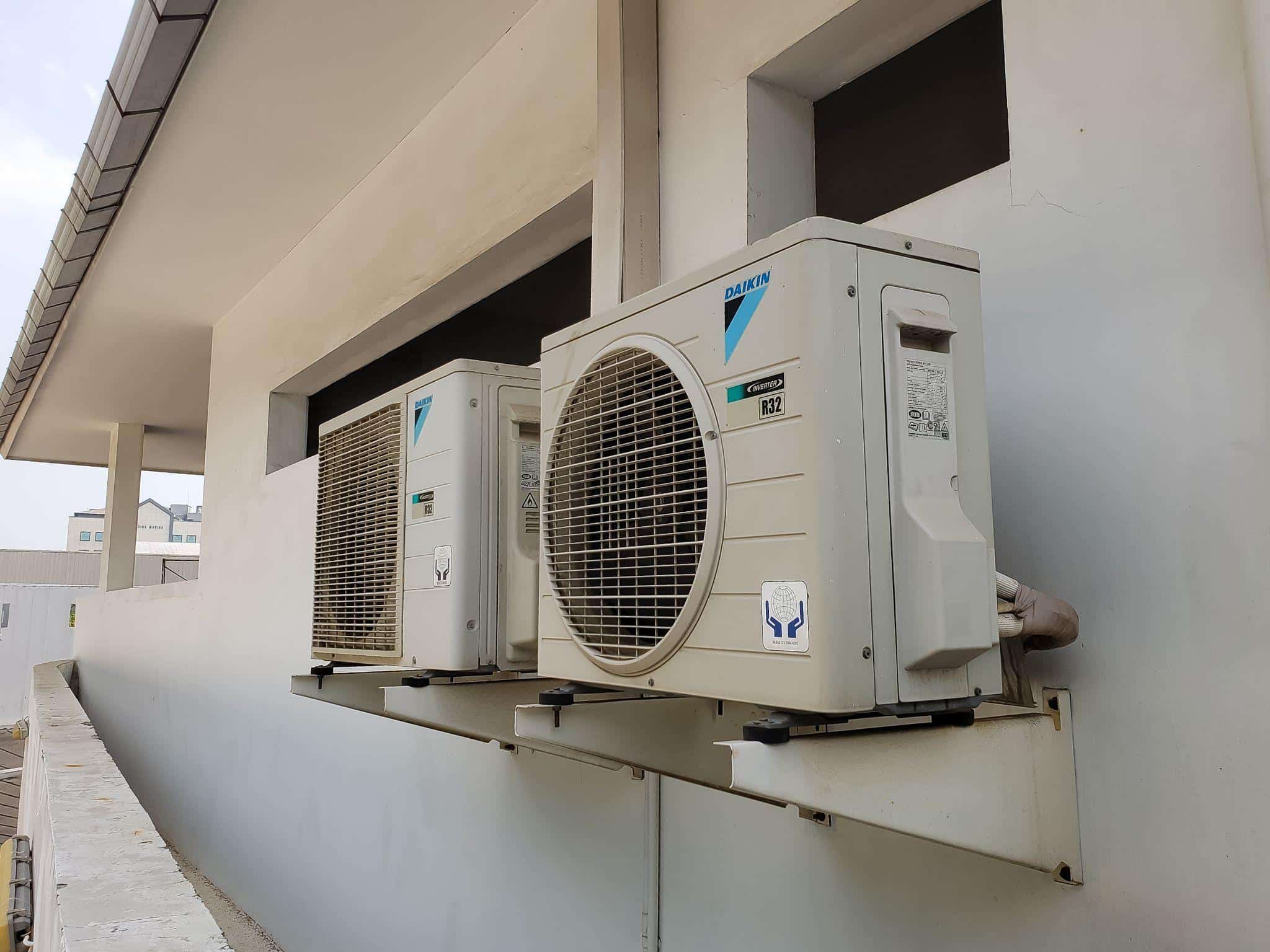Before homeowners purchase a new AC and heating system, they should consider the appropriate SEER rating, energy efficiency, and budget. If you are in the process of looking for a unit, continue reading and learn about SEER and the different ratings. Your choices in the latest HVAC technologies, such as a cost-efficient ductless AC, can reduce utility costs and decrease the negative effects on the environment.
What is SEER?
SEER stands for Seasonal Energy Efficiency Ratio, a score or measure of the cooling performance of an air conditioning system. Energy Star defines it as the total amount of heat removed from the space receiving AC during the cooling season. Manufacturers numerically evaluate the efficiency of units, giving them a SEER rating or score with a minimum of 13.
SEER is the most significant AC technical standard and is easy to calculate. The SEER is derived by ad dividing the British Thermal Unit (BTUs) of the unit by the amount of energy consumption or the watt-hours.
In 2023, the new standards will become effective, requiring a minimum rating of 14 in the northern regions of the US. Southern states must have a rating of no less than 15 for air conditioning systems. These minimum ratings apply to the cooling loads that are a larger share of home energy use. Equipment with a higher SEER rating is more energy-efficient.
How to Choose a SEER Rating
Purchasing a new air conditioning system is an investment in your home. Look for a dealer that provides numerous options of eco-friendly HVAC units. Consumers planning to purchase a new AC unit in 2023 or later must know that the SEER rating is increasing by one point. Some air conditioning models can save you money with rebates and tax incentives. Check with your state to see if homeowners are eligible for a rebate or tax incentives.
Today, you can select from a broad selection of central AC systems, including the gree mini split, with high energy efficiency. Some models from popular brands, such as Gree, Boreal, LG, Rheem, and Mitsubishi Electric, have SEER ratings of up to 30 or more. For example, the Flexx units by Gree have a maximum rating of 20, a perfect solution for larger homes. For choosing the right rating and equipment to meet your household needs, there are four major factors you must consider.

1. Cooling Capacity
Manufacturers measure the cooling capacity of AC units in BTUs per hour, which is referred to as tonnage. One ton of cooling equals 12,000 BTU/hour. Homeowners should choose their capacity needs based on the size of the dwelling places. Selecting the wrong capacity can result in higher energy costs as well as ineffective cooling.
2. Efficiency
Describing how much cooling an AC unit delivers per watt is efficiency, expressed as the SEER. Although the higher SEER air-conditioners are more expensive, they have lower energy costs over time. Systems that meet the Energy Star guidelines have a minimum rating of 15.
3. SEER AC System Types
Deciding between a ductless or duct air conditioner with the right SEER rating can be difficult. A ductless AC is an option for you whether or not your home currently has ductwork. Central air conditioning systems use ducts to distribute cool air throughout your house. A split system works by circulating refrigerant between a coil and the condenser and compressor placed outdoors.
Split ductless AC units usually comprise a condenser and compressor, plus one or more indoor blower units, known as air handlers. Installers mount the handlers high on the wall for air distribution in rooms. They are much quieter and more energy-efficient than window or portable air conditioners.
4. Noise Level of SEER Air Conditioning

The manufacturer measures the noise levels of an air conditioning unit in decibels. It is an operational feature the consumer should look at before buying a new cooling system. Excessive noise from your AC can be annoying, especially if the equipment is near the bedroom window.
When selecting an air conditioner, all factors listed above will impact your overall satisfaction. You should consider the unit type, capacity, efficiency, and decibels (noise), along with the SEER rating and its environmental impact.
How SEER Ratings Can Help Reduce Environmental Impacts
Installing energy-efficient equipment can reduce your energy consumption and costs. Many methods of producing electricity for the home release carbon dioxide and nitrogen oxide emissions. Plus, the emissions from an older model unit can contribute to environmental problems, such as acid rain, climate change, and smog. Reducing energy use lowers the amount of those emissions and their effect on our environment. You can do your part by choosing an energy-efficient system to cool and heat your home.
What Can Affect Your Yearly Energy Costs
Your annual energy costs can be affected by the following:
- Home size
- Home location and landscape
- Weather variations
- Appliance and furnace efficiencies
- Number of occupants
- Local energy cost
- Thermostat setting
Remember to consider the SEER rating for your AC system in addition to researching the brand, model type, cooling capacity, efficiency, and noise level. It is essential that you learn how to choose the appropriate rating to help save money and reduce your monthly electricity bill. Collectively we can contribute to protecting our environment by relying on energy-efficient air conditioning/heating systems and other appliances.








